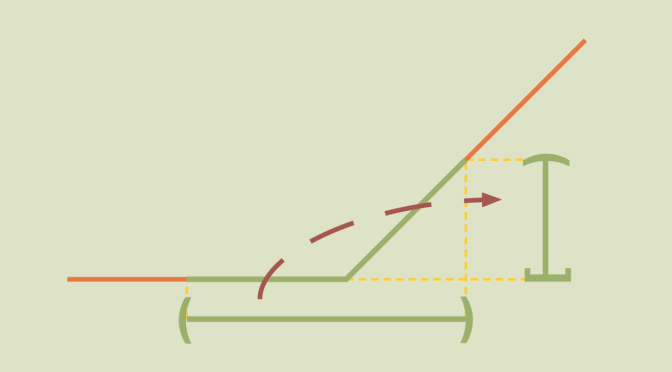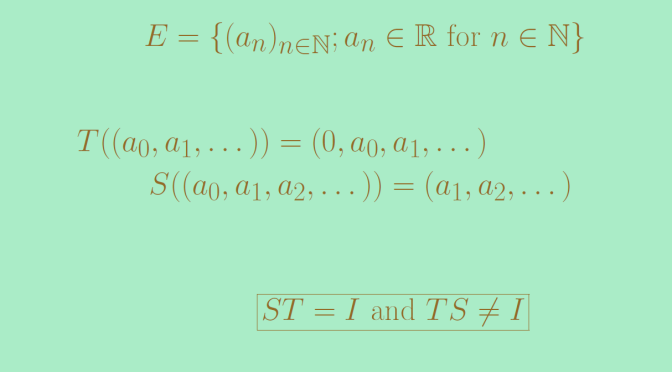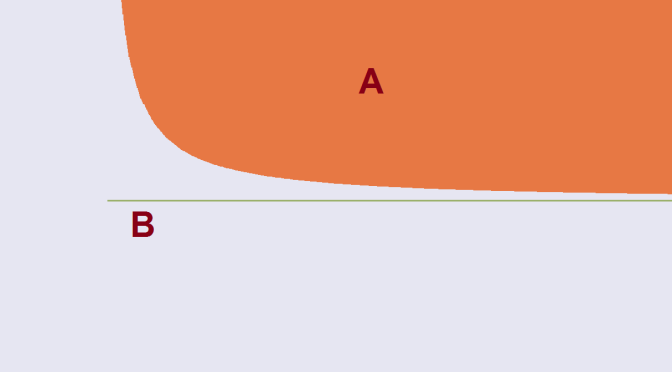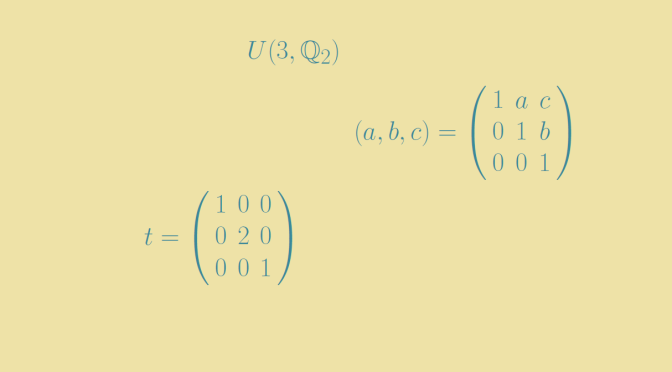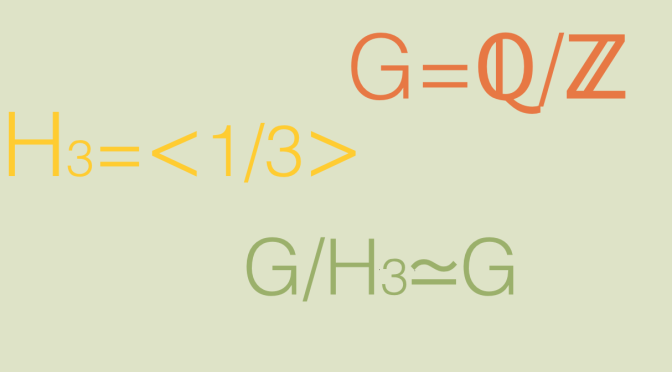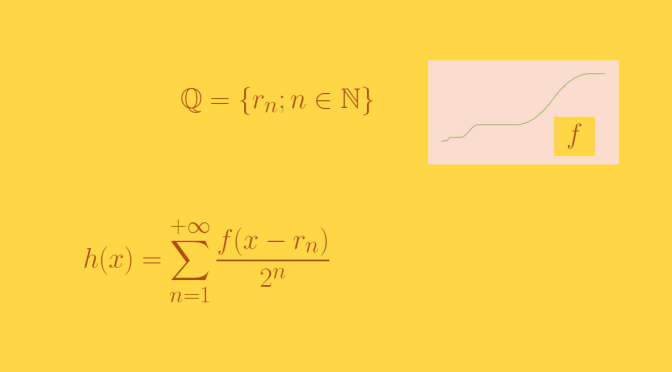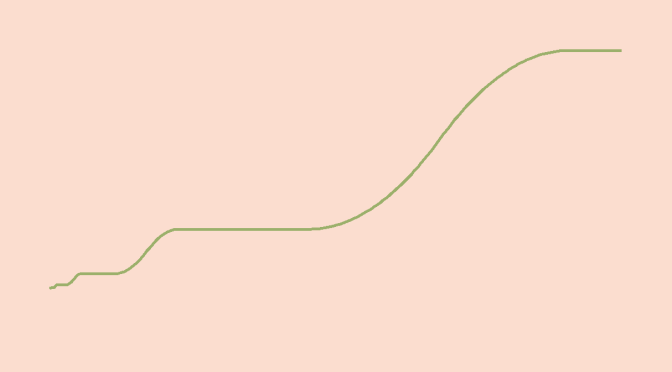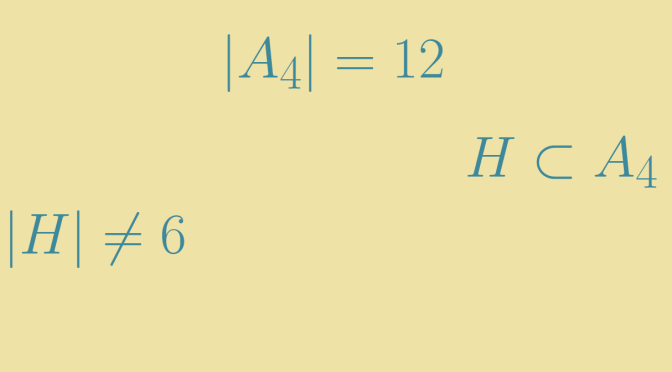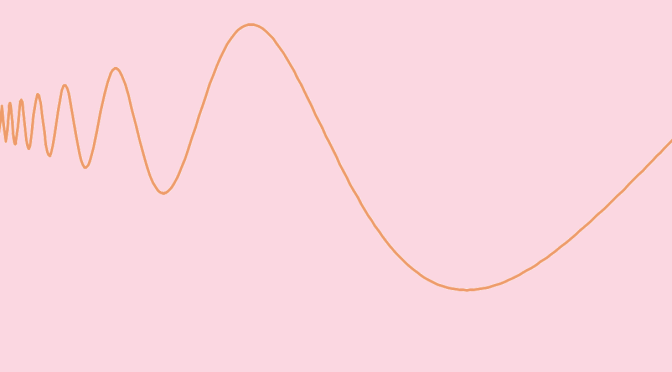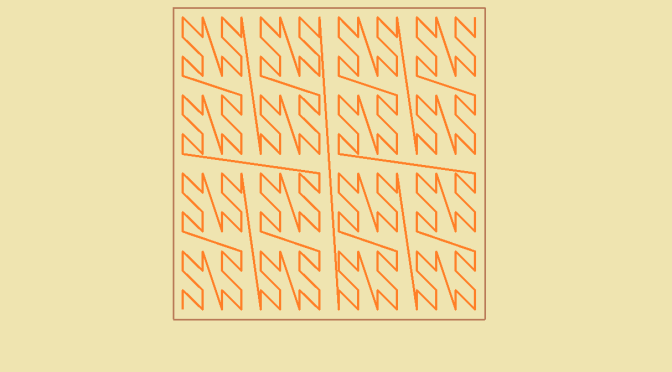We recall some definitions on open and closed maps. In topology an open map is a function between two topological spaces which maps open sets to open sets. Likewise, a closed map is a function which maps closed sets to closed sets.
For a continuous function \(f: X \mapsto Y\), the preimage \(f^{-1}(V)\) of every open set \(V \subseteq Y\) is an open set which is equivalent to the condition that the preimages of the closed sets (which are the complements of the open subsets) in \(Y\) are closed in \(X\). However, a continuous function might not be an open map or a closed map as we prove in following counterexamples. Continue reading Continuous maps that are not closed or not open

